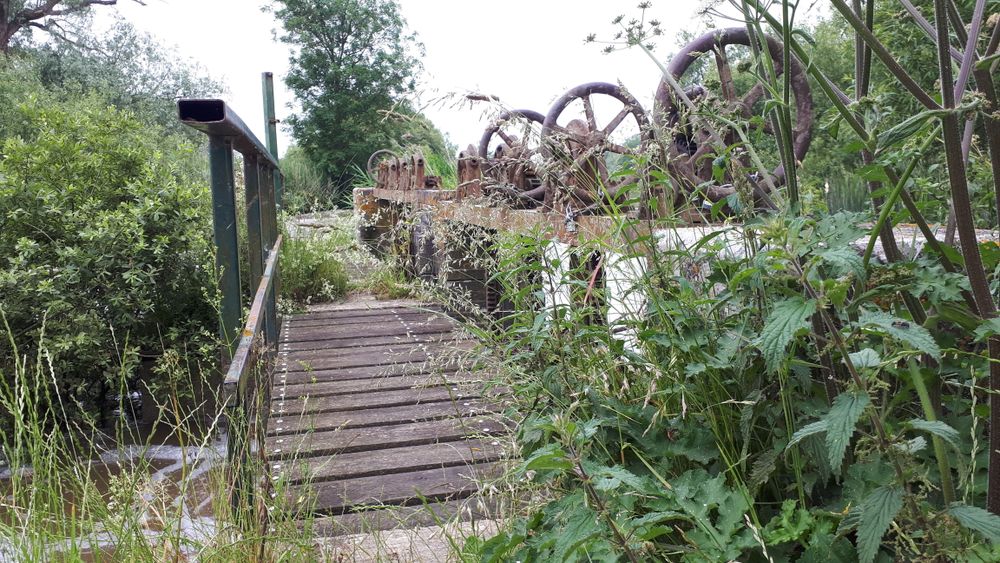Mills were introduced to Britain by the Romans and there was a Roman villa no more than half a mile away from the site of Cutt Mill so it's not beyond the realms of possibility that there was a mill on the site as long ago as 2000 years. There was definitely one there in 1086 when the Doomsday book was compiled as it names Hinton St Mary as one of 226 working mills in Dorset.
The earliest known millers on record are John Rake and his son Ambrose who died in 1752 and 1789 respectively. In March 1817 the local papers advertised the sale of 'the site of Cut Mill which were lately destroyed by fire'. In the same year Stephen Scorey, 'miller and baker, late of Hinton St Mary', was in a debtors cell in Kings Bench prison, petitioning for solvent relief.
Henry Newman rebuilt the mill but didn't fare much better; he was declared bankrupt in 1828. Within 3 years it was offered for sale again and described as ‘all that newly-erected and well-accustomed water grist mill, at present only working two pair of stones, with a powerful and constant supply of water capable of working four pair’.
By 1848, George Jeffery was the miller and Cut Mill was entering what was to be the most stable period of its recorded history. Jeffery was there at least seventeen years and by 1867 had been succeeded by Robert Hunt, whose family were to remain there for more than a century. Robert was succeeded between 1907 and 1911 by his widow, Eliza. By 1920, their son, Herbert, was the miller. Local historian Madeleine Barber’s notes mention a second Robert Hunt in 1944 but Cut Mill tenants in the post-war decades were brothers Gordon and Claud Hunt.
My YouTube video on the mill can be found here https://www.youtube.com/watch?v=kDmDGl8LxGU&t=4s









